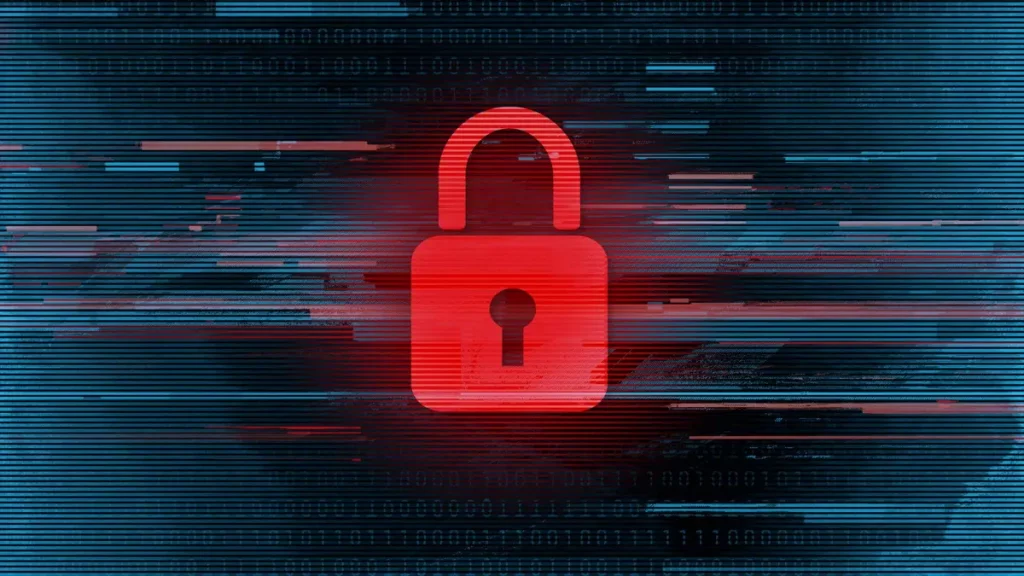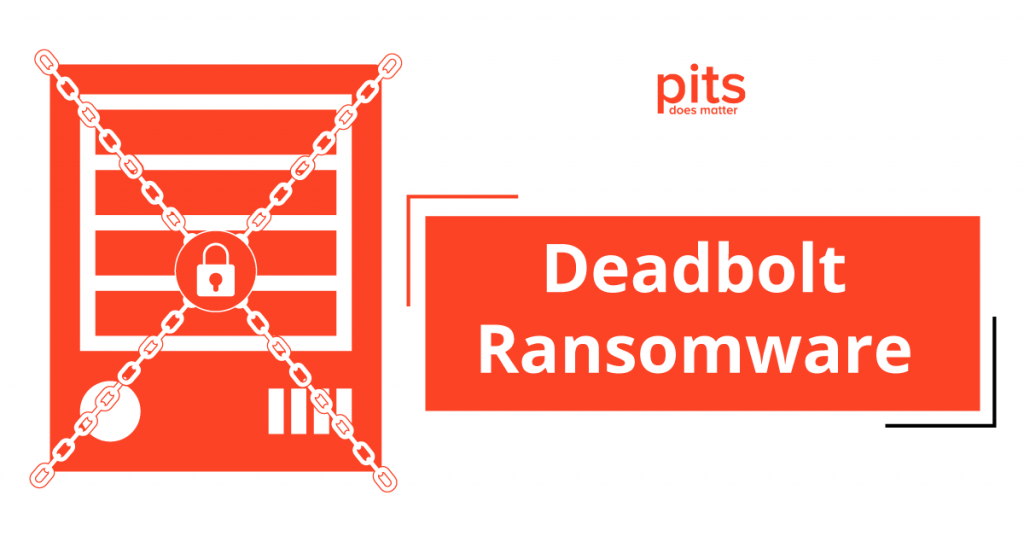Ransomware has emerged as a significant cyber threat, impacting individuals and organizations in recent years with its widespread and destructive nature. One type of ransomware that has been gaining attention is DeadBolt, a strain of malware specifically designed to target NAS devices.
In this blog, we will discuss what DeadBolt ransomware is, how it works, and the steps that can be taken to protect your NAS device from becoming a victim.
What is DeadBolt Ransomware?
DeadBolt ransomware is a kind of malware that targets Network-Attached Storage devices. It was first discovered in January 2022 and has since been actively targeting businesses and organizations worldwide. The ransomware is named after its use of a “deadbolt” to lock the files on the infected NAS device, making them inaccessible to the user.
How does DeadBolt work?
DeadBolt ransomware works by infecting vulnerable NAS devices through unpatched vulnerabilities or weak login credentials. After infiltrating a device, the ransomware encrypts all files and requests a ransom for the decryption key. It also provides instructions on how to make the payment and decrypt the files. Deadbolt primarily targets Synology, QNAP, and Asustor NAS devices, but other brands could also be at risk.
Why does DeadBolt ransomware target NAS devices?
NAS devices are attractive targets for ransomware because they store a large amount of important data and are often used by businesses and organizations. Attackers can demand a higher ransom payment, knowing that the victim is more likely to pay to regain access to their critical files.
We had several clients who suffered from this ransomware. Some of our customers did not pay any ransom, so they directly contacted us for a solution. With our expertise, we were able to help them recover their data without paying the ransom.
However, we had a few customers who paid the ransom but still were not able to recover their files. It is a fact that paying the ransom does not guarantee the return of your data and only encourages attackers to continue their malicious activities.
After learning the harsh reality, these clients also reached out to us for help, and we were able to assist them in recovering their data without paying any additional ransom.

"*" indicates required fields
How Can You Protect Yourself from DeadBolt Ransomware?
The best defence against any type of malware, including DeadBolt ransomware, is prevention. Here are some steps you can take to protect your NAS devices from this threat:
- Keep your NAS device software up to date with the latest security patches.
- Use strong login credentials and enable two-factor authentication if possible.
- Regularly backup your storage device data and store it offsite or on a device that is not connected to the internet.
- Exercise caution with suspicious emails, links, and attachments, as they may serve as ransomware delivery mechanisms.
- Consider investing in security solutions tailored specifically for NAS devices.
We Can Recover your Encrypted NAS
We have recovered many Synology, QNAP, and Asustor NAS devices infected with DeadBolt and have a proven track record of successful recoveries. Our process involves analyzing the ransomware, finding vulnerabilities, and using advanced techniques to decrypt your files.
If your NAS device has been infected with DeadBolt ransomware, do not panic. Contact us immediately for professional assistance in recovering your data. We have a team of experts who specialize in handling ransomware attacks and can help you regain access to your encrypted files without paying the ransom.
FAQ About Deadbolt Attack
What is a Deadbolt Ransomware Attack?
A Deadbolt ransomware attack is when the Deadbolt malware infects a NAS device and encrypts all the files, making them inaccessible to the user.
What devices are most at risk of DeadBolt ransomware attacks?
DeadBolt primarily targets NAS devices from brands like QNAP, Asustor, and Synology. However, other NAS devices could also be at risk if they have unpatched vulnerabilities or weak login credentials.
How does DeadBolt ransomware infect devices?
The ransomware exploits unpatched vulnerabilities or uses brute force attacks on weak login credentials to gain access to NAS devices. Once malware inside, it encrypts files and demands a ransom.
Should I pay the ransom if my device is infected?
Paying the ransom is not recommended. There is no guarantee that you will get your files back, and it encourages the attackers to continue their malicious activities. Seeking professional help for data recovery is a safer alternative.
How can I protect my NAS device from DeadBolt ransomware?
Protect your device by keeping its software and firmware up to date, using strong login credentials with two-factor authentication, regularly backing up data, being cautious of suspicious emails and links, and considering NAS-specific security solutions.
Can my encrypted files be recovered without paying the ransom?
Yes, it is possible to recover encrypted files without paying the ransom. Professional data recovery services with experience in handling ransomware attacks can analyze the ransomware, find vulnerabilities, and use advanced techniques to decrypt the files.
